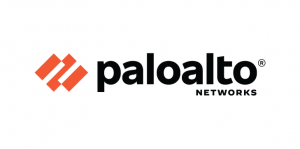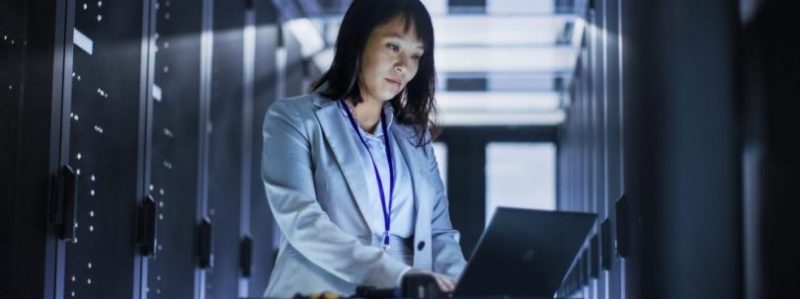In today’s state of widespread remote work, the security landscape is seemingly easier for adversaries to exploit and tougher for security practitioners to protect.
With many employees in some posture of telework due to COVID-19, agencies face an exponential increase in viable targets that cyber assailants can successfully breach. In this evolving landscape, agencies need to reevaluate how to secure their employees’ technology environment.
“Things have become more difficult for the security practitioner. But we do believe there is an answer to this,” said MK Palmore, Field Chief Information Security Officer (CISO) for the Americas at Palo Alto Networks, a cybersecurity firm.
Security needs to be more seamlessly integrated to empower security teams and protect agencies in a changing environment. Here’s how agencies can help their security personnel, according to Palmore:
1. Integrated security
Historically, security practitioners have used point solutions – addressing single use cases and created by individual vendors – to obtain best-in-breed cybersecurity. They have seeded these tools into their environment, assuming that a combination of tools yields the best security.
What Palmore and other experts have seen over time is that this approach does not produce the best security efficacy. As each year passes, successful and impactful breaches increase. As a result, agencies must explore critical security measures in a different way.
“We need to think about security as a more seamlessly integrated process, which provides security at all the points that would matter to security practitioners – network, cloud and endpoint,” Palmore said.
A platform approach to security can provide a consistent strategy, where products are built together, work together and cover security needs from endpoints, to network and in the cloud.
2. Secure access service edge
A framework called secure access service edge (SASE), coined by Gartner, is an approach that meets agencies’ evolving security requirements, particularly as more users need security in an increasingly connected and disparate IT ecosystem.
SASE can help by converging different security considerations into a more manageable environment for security personnel. It’s a framework that best delivers enterprise-level security, because it allows users to access the assets they need and allows the organization to deliver security at the point of contact. This ensures security is able to scale to the needs of the enterprise user.
3. Automation
An ongoing shortage of trained and experienced cybersecurity personnel remains a major challenge. That’s why automation is imperative.
Automation of IT tasks and decision-making can augment and exponentially extend the productivity of existing security personnel by increasing the fidelity of alerts and contextualizing information. By the time an alert gets to security staff, automation contextualizes it in a way that allows the team to execute decisions quickly.
“Automation has now reached a maturity level that allows for organizations like Palo Alto Networks to build it into products and provide a game-changing way of tackling the needs of the enterprise,” Palmore said. “It postures security analysts to now spend their valuable work hours addressing the most pressing needs.”
This article is an excerpt from GovLoop’s recent guide, “Your Cybersecurity Handbook: Tips and Tricks to Stay Safe.” Download the full guide here.






Leave a Reply
You must be logged in to post a comment.